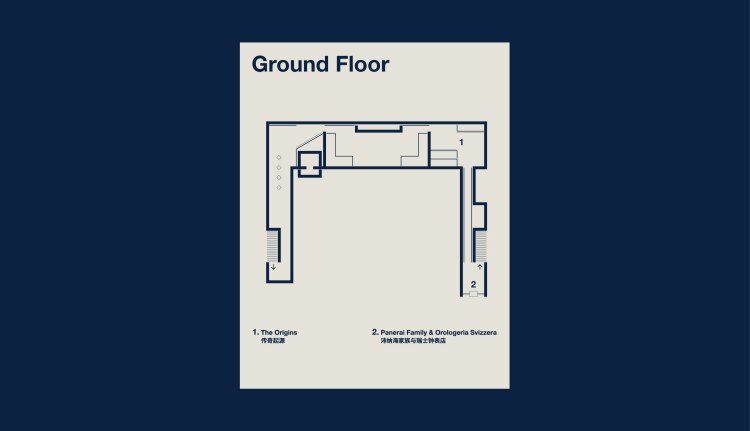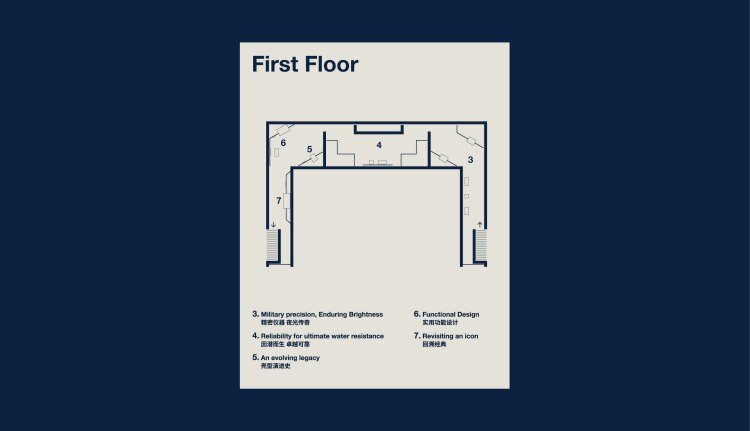1. Panerai Family, early 1900s
This family portrait introduces the key figures in our story: Guido with his wife Guglielmina, and their children Giuseppe and Maria.
根据导航信息,我们设置了以下地区及货币:
China - ¥
如果您希望更改,可以选择不同的设置。
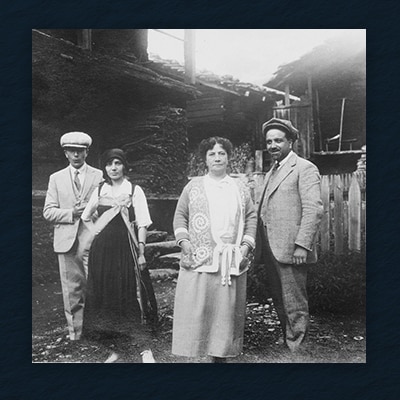
This family portrait introduces the key figures in our story: Guido with his wife Guglielmina, and their children Giuseppe and Maria.

Orologeria Svizzera employed trusted watchmakers who assembled and repaired all watches on the first floor before they were sold.

Thanks to the technical skills developed through the family’s watchmaking operations, Panerai secured the contract to produce watches for the Italian Navy’s frogmen.
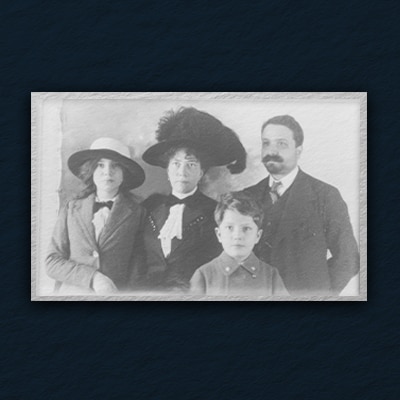
Through these images, we gain insight into the personal life of the Panerai family, witnessing scenes of everyday life.

The tools and spare parts used in the Orologeria Svizzera shop reflect our heritage and deep roots in the Panerai family’s watchmaking tradition.

Guido Panerai used catalogs to promote the Orologeria Svizzera shop and watchmaker tools. On display a lathe catalog made by Giuseppe in the 1960s.

Dated 1960, this letter verifies the 50 years of collaboration with the Italian Navy. Panerai supplied tools since the 1910s, continuously evolving to meet different needs.
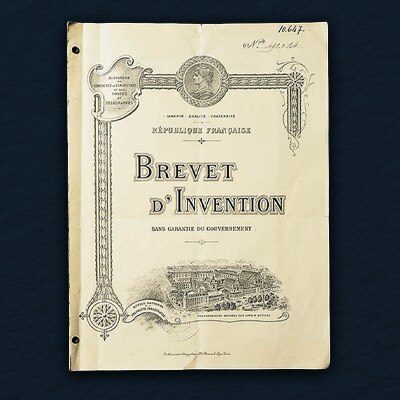
The French patent marks the first use of “Radiomir,” the luminous paste invented by Panerai. Made with radium, it enabled visibility in total darkness for high precision tools.
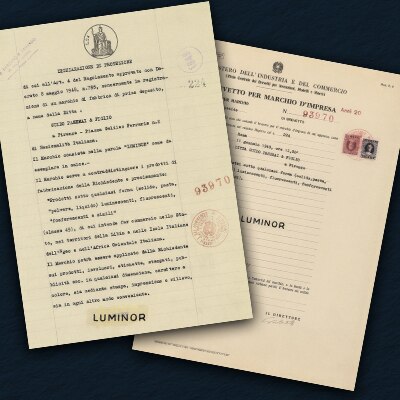
Developed on the Navy’s request in 1940s, Luminor, a safer tritium-based compound was made. From the 1960s, it replaced radium; by 1971, all radioactivity was eliminated
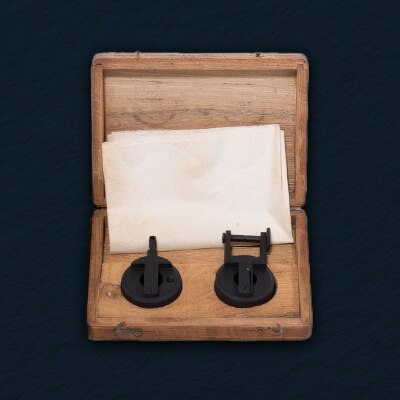
Early 20th-century aiming tools, enhanced with Panerai’s Radiomir paste for night visibility. Adopted not just by the Italian, but also French, British, and American forces.
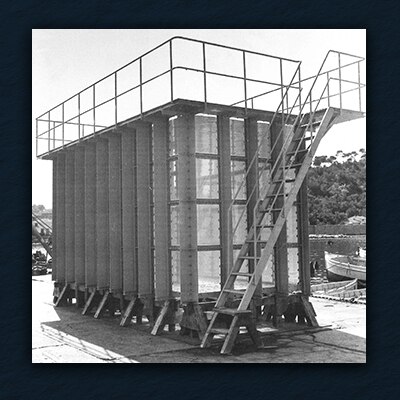
In the 1950s, Giuseppe Panerai built a plexiglass training pool for Navy divers. Still in use today, it featured plates marked “Officine Panerai Firenze” in red.

Officine Panerai's original wooden shipping box for watches, compasses, and depth gauges sent to the Italian Navy, found at Villino Panerai.
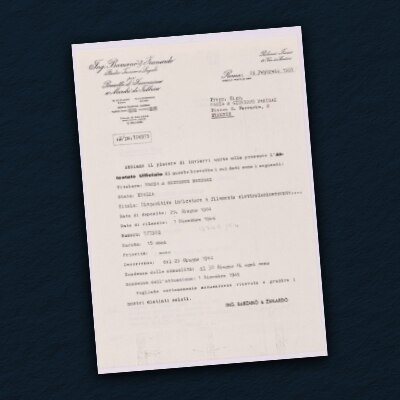
Among Giuseppe Panerai’s most successful inventions is the Elux technology: used from the 1960s in flashlights, indicators, electric signal devices, and precision instruments.
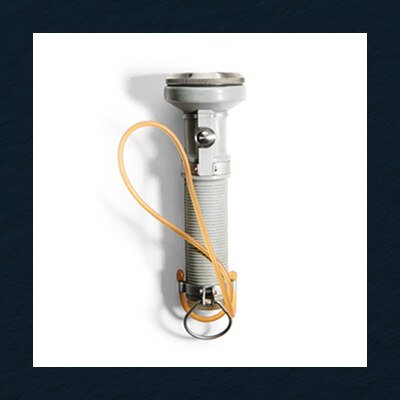
An underwater flashlight using a cold light Elux Panerai panel to emit signals undetectable by infrared. Powered by a dry battery, it illuminated nearby areas without heat.
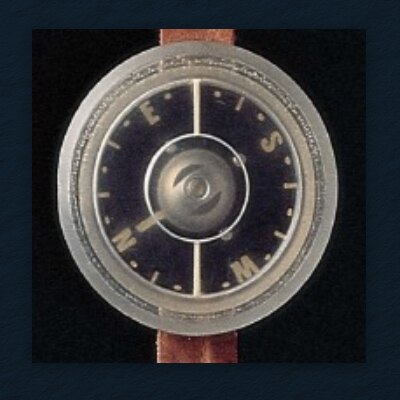
An underwater navigation tool with luminous markings. It requires the diver to hold their arm horizontally to check their orientation.
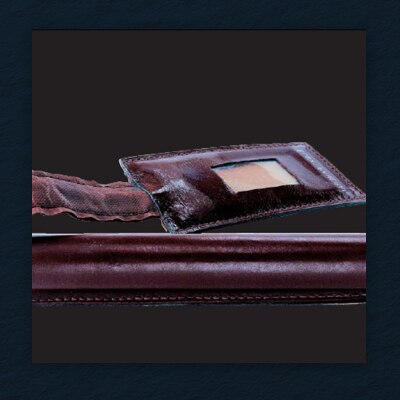
Portable waterproof signaling device for short distances. Like the Elux Torch, it emits controlled flashes via an electro-luminous plate powered by battery.
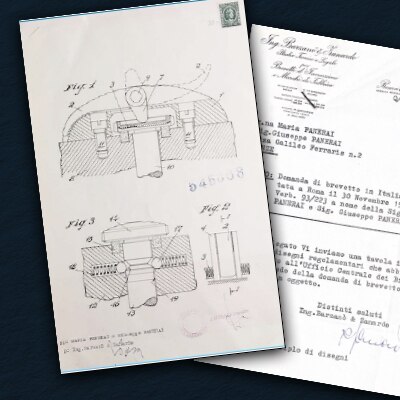
Installed and patented for the GPF 2/56 “Egiziano”, this bridge locks the crown to enhance water resistance for underwater missions: a hallmark of Panerai’s design.
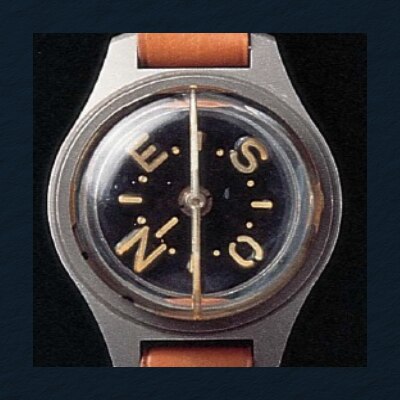
Part of the diver’s kit, this compass features an anti-reflective upper finish designed to help divers read the time without revealing their position.

Prototype depth gauge with a luminous dial; depth was shown via a mercury-filled tube activated by pressure. The instrument was never put into production.
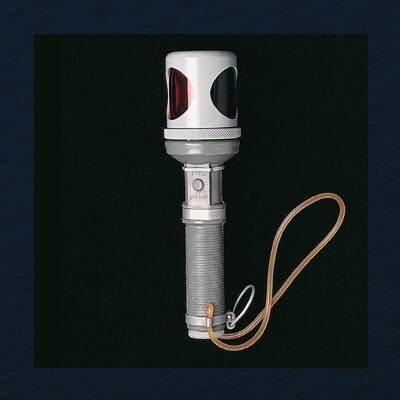
A waterproof torch emits green, red, and white signals. It features a self-locking button and a ridged rubber body with a carry loop.

A special series produced for the Italian Navy in the early 1960s that were used for training exercises conducted at the Varignano training facility in La Spezia.
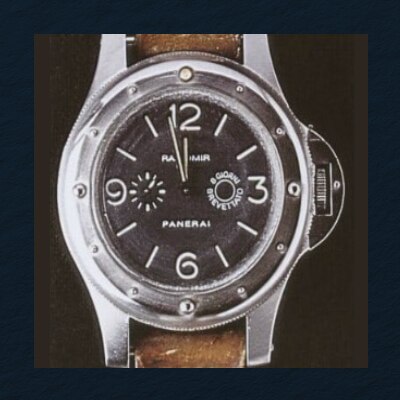
Panerai’s first fully designed watch featured the 8 Days Angelus SF 240 movement, bidirectional rotating bezel and crown protecting bridge which debuted for the first time.

Historic Panerai dials with signature sandwich structure—two overlapping plates enhance visibility, ensuring optimal legibility even in low-light conditions.
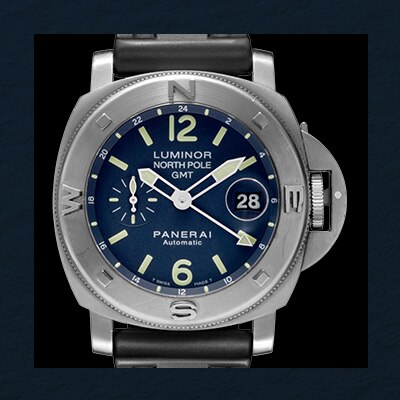
More than a watch, the PAM00252 North Pole GMT is a true adventure tool—built for extremes, with compass bezel, GMT function, and 44mm case inspired by Mike Horn.

The PAM00300 Mare Nostrum chronograph revives Giuseppe Panerai’s 1950s design for naval officers. It features a bicompass Minerva calibre.

A classic Panerai 3646 with a 47 mm cushion-shaped case, featuring the iconic California dial—Roman and Arabic numerals for optimal underwater readability.

This model, without the crown protecting bridge, features a Cortebert 618 calibre and a through-screw system, a key innovation enhancing strap resistance and replacement.

The PAM00217 is a 47mm Luminor Marina Militare, specially designed for left-handed wearers, echoing Panerai’s historic diver watches.
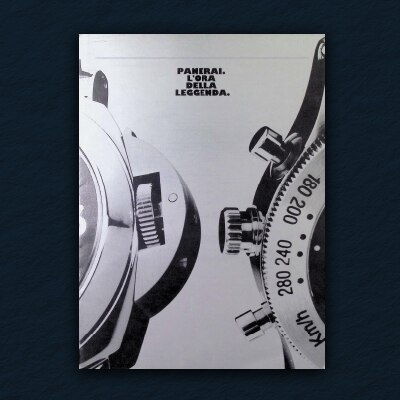
First example of an Officine Panerai advertising brochure with a detailed description of the three references from the 1993-1994 collection.
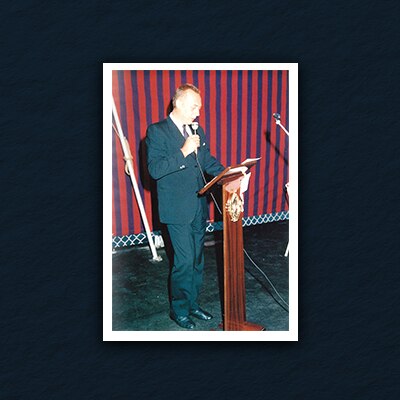
Amedeo of Savoia Aosta, son of duke Aimone di Savoia, who served as the head of the Italian Navy’s commando unit from the late 1930s until 1943.

Sent to Mrs. Maria Teresa Panerai, widow of Giuseppe Panerai, this invitation to the 1993 launch reflects the continued bond between Officine Panerai and the Panerai family.
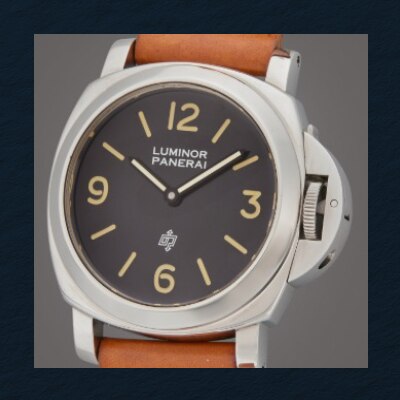
Part of the first civilian collection in 1993, this model introduced the now-iconic 44 mm case and featured the OP (Officine Panerai) logo, earning the name “Luminor Logo.”
